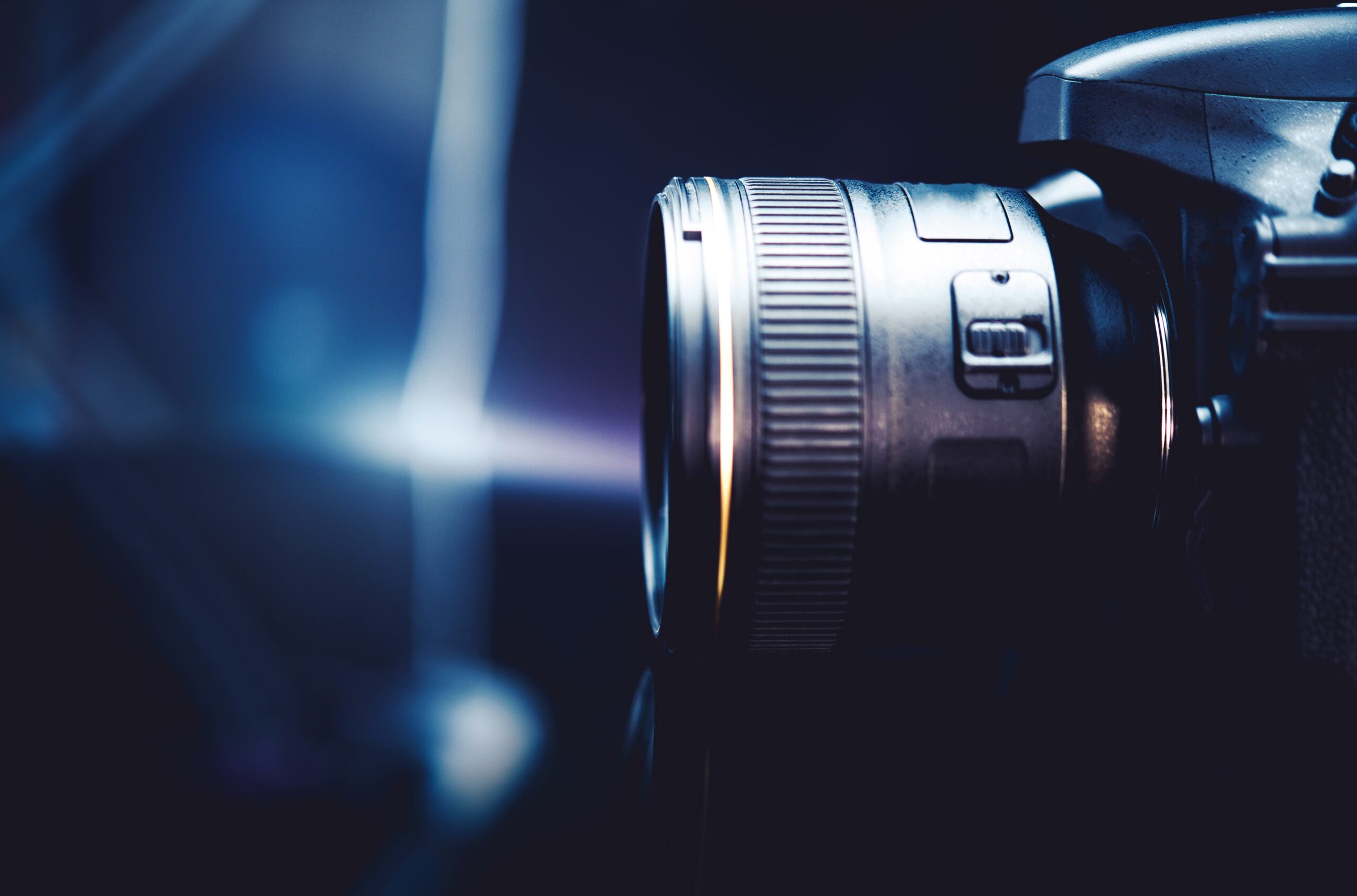A recent case from the Court of Appeal for the Federal Circuit suggests that the scope of Section 101 may, depending upon interpretation, have bounds which is much greater than most parties, including practioners and patent owners, expect.
In the case of Yu v. Apple Inc. (Fed. Cir. June 11, 2021), Judges Prost and Taranto affirmed a district court’s invalidation of the claims of U.S. Patent No. 6,611,289 titled “Digital Cameras Using Multiple Sensors With Multiple Lenses” in a 2-1 decision. Claim 1 of the ‘289 Patent recites:
1. An improved digital camera comprising: A first and a second image sensor closely positioned with respect to a common plane, said second image sensor sensitive to a full region of visible color spectrum; two lenses, each being mounted in front of one of said two image sensors; said first image sensor producing a first image and said second image sensor producing a second image; an analog-to-digital converting circuitry coupled to said first and said second image sensor and digitizing said first and said second intensity images to produce correspondingly a first digital image and a second digital image; an image memory, coupled to said analog-to-digital converting circuitry, for storing said first digital image and said second digital image; and a digital image processor, coupled to said image memory and receiving said first digital image and said second digital image, producing a resultant digital image from said first digital image enhanced with said second digital image.
The majority ruled that “we note that claim 1 results in ‘producing a resultant digital image from said first digital image enhanced with said second digital image.’
Yu does not dispute that, as the district court observed, the idea and practice of using multiple pictures to enhance each other has been known by photographers for over a century”, and that “[o]nly conventional camera components are recited to effectuate the resulting “enhanced” image—two image sensors, two lenses, an analog-to-digital converting circuitry, an image memory, and a digital image processor. Indeed, it is undisputed that these components were well known and conventional.”
Judge Newman dissented, noting that “Claim 1 is for a digital camera having a designated structure and mechanism that perform specified functions; claim 1 is not for the general idea of enhancing camera images” and that “[t]he camera of the ‘289 patent may or may not ultimately satisfy all of the substantive requirements of patentability, for this is an active field of technology.” “However, that does not convert a mechanical/electronic device into an abstract idea.”
Judge Newman further cautioned:
In the current state of Section 101 jurisprudence, inconsistency and unpredictability of adjudication have destabilized technological development in important fields of commerce.
Although today’s Section 101 uncertainties have arisen primarily in the biological and computer-implemented technologies, all fields are affected. The case before us enlarges this instability in all fields, for the court, holds that the question of whether the components of a new device are well-known and conventional affects Section 101 eligibility, without reaching the patentability criteria of novelty and nonobviousness.
In Enfish, LLC. v. Microsoft Corp. (Fed. Cir. 2016), the Federal Circuit noted that one “cannot simply ask whether the claims involve a patent-ineligible concept, because essentially every routinely patent-eligible claim involving physical products and actions involves a law of nature and/or natural phenomenon.”
Given this admission, the holding, in this case, suggests that the boundaries of Section 101 are potentially limitless, both as a detriment to patent owners and a benefit to those challenging them if this check is not applied.






